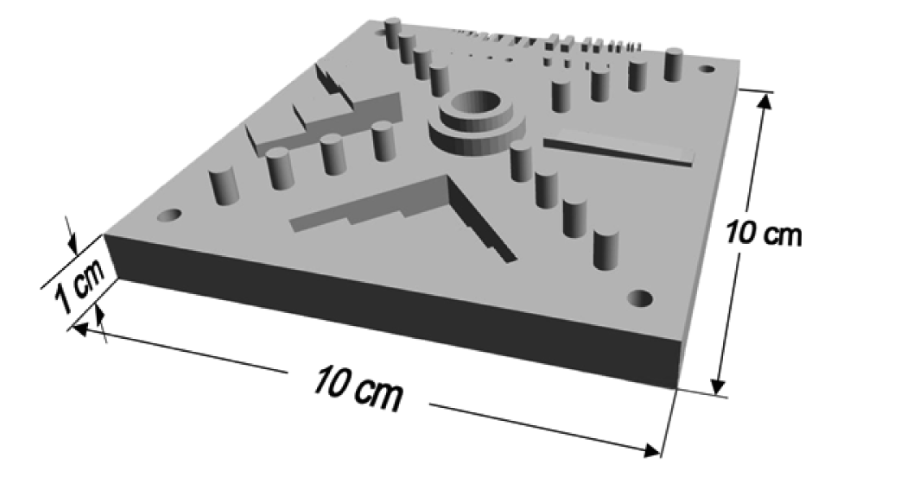A study conducted by a team of scientists at the Illinois Institute of Technology (IIT) has suggested that emissions given off during 3D printing can be toxic to humans in the vicinity.
The researchers tested five brands of 3D printer in an enclosed space and found that some released toxins and carcinogenic particles, although the study showed that the emissions were mostly based on the type of material used rather than the make of printer.
With these new technologies, we need to not only look at how cool they are from the industrial engineering point of view but we have to look at what ought we be doing to be safe from a health point of view– Peter Orris, University of Illinois Hospital and Health Sciences System
Some 3D printers tested used a material called ABS filament, which can emit styrene, a substance that the International Agency for Research on Cancer says can cause the disease.
Brent Stephens, the head of IIT’s Built Environment Research Group, said: “We were prompted to study this back in 2013 when a student in my class was curious about odours emanating from 3D printers operating in his office.”
Stephens noted that the ultrafine particles emitted by the printers were unregulated.
He said: “A good chunk of printers and filaments that are out there we really should be worried about.
“I think the way people are introducing these into schools and libraries, that’s what should drive some of the concern. Within the office, the biggest dangers are to individuals that are predisposed to pulmonary diseases – asthma, emphysema, those types of things.”
Peter Orris, chief of occupational and environmental medicine for the University of Illinois Hospital and Health Sciences System, said: “With these new technologies, we need to not only look at how cool they are from the industrial engineering point of view but we have to look at what ought we be doing to be safe from a health point of view.
“We ought to be taking a precautionary approach, especially in this setting when we are dealing with chemicals we know something about.”

What was printed during the study (Illinois Institute of Technology)
The study notes that: “Only a very limited number of makes and models of printers have been tested to date, and even fewer filament materials have been characterised for gas and/or particle emissions.”
For all but one of the tests the team printed a standardised file from the National Institute of Standards and Technology (pictured).
A way to combat the danger is to ensure that labs are well ventilated and to limit the use of nylon and styrene-based materials.
The study says ultimately “manufacturers should work toward designing low-emitting filament materials and/or printing technologies” and “should work to evaluate the effectiveness of sealed enclosures”.
Research like this is particularly worrying given the increase in 3D printing and its uses in building temporary homes and shelters.
Read the full study here.
Top image via iStock






